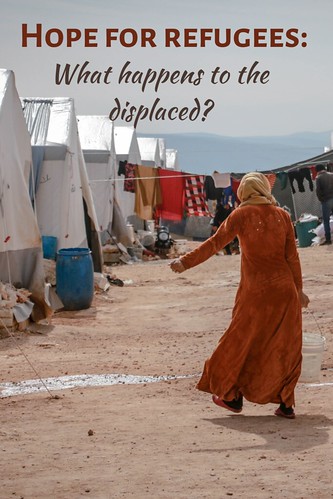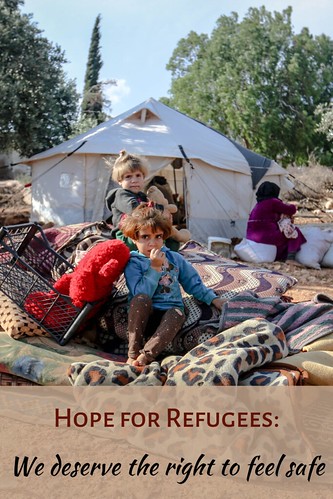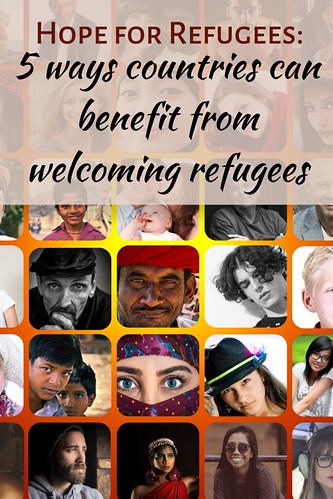Sustainable Solutions to the Refugee Crisis
What is the refugee crisis?
A refugee crisis can be described as a situation whereby millions of people who are displaced from their home country proceed to move from one country to another in search of safety. The process of moving is often filled with untold dangers and terrors; with numerous challenges such as the journey to another country, housing, and food. The process of changing the status of a person seeking asylum to that of a refugee can be complex and protracted and sometimes it takes years for people to finally settle in a country. With the constant rise in the number of people displaced annually, the refugee crisis should be treated with global urgency because refugees do not choose to become homeless but are forced to flee their homes by circumstances beyond their control and they are exercising their right to seek safety.

Refugee data finder states that in mid-2022, the United Nations High Commission for Refugees estimated that global forced displacements reached 103 million; 53.2 million of this number are internally displaced persons, 32.5 million are refugees, 4.9 million are asylum-seekers, and 5.3 million are people in need of international protection. These alarming numbers are not static and will keep growing by the day if nothing is done.
Some major causes of displacement:
• War and conflict
• Persecution and violence
• Climate change
• Hunger
While conflict, violence, and persecution are easily identified as causes of the refugee crisis, climate change has now been recognized as a major factor in the refugee crisis. The United Nations has estimated that over 16 million persons have been displaced due to climate change-related issues. It has also been predicted by the Ecological Threat Register that climate-driven disasters could displace more than 1 billion people by 2050.
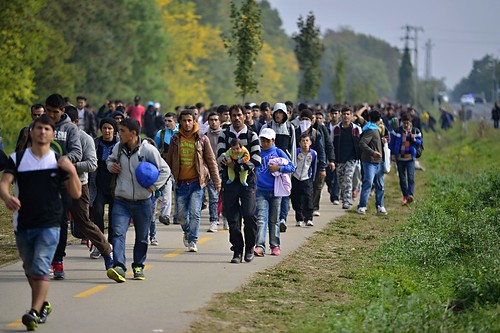
Displacement and refugees will not just go away, even though we choose to ignore it. Instead, this humanitarian crisis will grow to unimaginable proportions and become very difficult to solve.
As the rate the refugee numbers is increasing, it is important to focus on more sustainable solutions to curb this crisis. When most refugees flee, most do so with the idea of coming back home when things settle, but this often becomes an unrealistic goal as only very few people are able to return home.
The UN High Commission for Refugees, Filippo Grandi, acknowledged this when he said, “We are witnessing a changed reality in that forced displacement nowadays is not only vastly more widespread but is simply no longer a short-term and temporary phenomenon.”
There are quite a number of different organizations across the globe that offer aid services to refugees, and these services are vital to the survival of refugees. Unfortunately, most of these services are of a temporal nature. This is mainly because these organizations do not have the resources or the authority to offer permanent solutions to refugees.
The aid and assistance given to refugees towards rebuilding their lives in a new country should be the goal of finding sustainable solutions. Most refugees spend a lifetime seeking for that place to call home, but only a few succeed.
Sustainability was defined in the United Nations Brundtland Commission as “meeting the needs of the present without compromising the ability of future generations to meet their own needs.”
To explain sustainable solutions to the refugee crisis is to create a balanced approach to the problem that meets the long-term well-being of both the refugees and host communities. It should also seek to preserve the resources and services for future refugees.
The United Nations (A critical resource)
The United Nations High Commission for Refugees (UNHCR) devotes most of its resources to finding durable solutions that restore the dignity of the refugees. These solutions can be divided into 3 groups:
1. Voluntary repatriation: this solution refers to the return from asylum of a refugee to his or her country of origin to resume the full national protection of that country as a result of a decision made voluntarily by the refugee. The term voluntary is emphasized here, because forcefully returning refugees to their home counties or countries they took flight from is considered a violation of their human rights. The principle of non-refoulement in international law forbids any country from returning asylum seekers to a country where they would be at risk of persecution or harm.

2. Resettlement: This refers to the transfer of refugees from an asylum country to another state that has agreed to admit them and ultimately grant them permanent residence. An example of this is the United Kingdom and Rwanda asylum deal.
3. Integration: This refers to refugees settling with their host communities. It is a process whereby refugees become accepted into societies, and they secure jobs, accommodation, welfare benefits, health, education, and language services of their host communities.
Each of these durable solutions has its own specific challenges and requires the support of the refugees, the host state, and even a third-party state. An example of this is the resettlement option; it is somewhat unpopular, as UNHCR reports that of the 20.4 million refugees of concern around the world, less than one percent is submitted for resettlement.
Other Steps
The aforementioned solutions help in managing the refugee crisis. However, other steps can be taken by governments, especially by wealthy countries, to drastically reduce the number of refugees and asylum seekers.
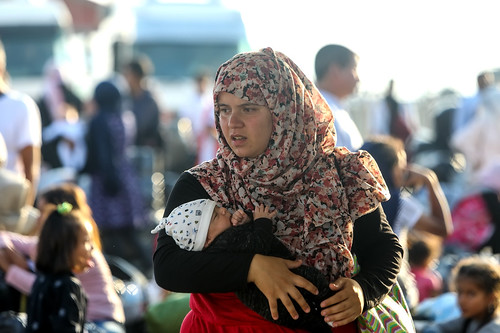
• Stop the causes of displacement
Displacements caused by conflicts and war could be reduced substantially if wealthy countries are invested in diffusing tensions worldwide or impose diplomatic measures on the offending parties or governments. Most wealthy countries are often indifferent to the conflicts in poorer countries. However, when their interests align, they fuel the conflict for their benefit, creating hostile environments unsuitable for peaceful habitation. Therefore, forcing people to flee their homes.
• Share responsibility
Refugees should be every country’s responsibility, according to the Refugee Convention of 1951, yet a few countries, such as Lebanon, Uganda, Germany, Turkey, Ethiopia, and Sweden, receive vast numbers of refugees every year. Many other countries have received little or no refugees but instead have strict restrictions in place to stop refugees from entering their countries. Amongst this list, you will find the wealthiest countries such as Japan, Saudi Arabia, and some EU countries. The imbalance in the welcoming of refugees among countries has caused economic repercussions on the countries taking in more refugees. But in the circumstance where all countries share the responsibility, the negative effects of refugees would subside.
• Increase financial support
All nations, especially wealthy ones, should come together and increase the financial support they provide for refugees worldwide. An instance of the effect of the poor funding is that the UN has received less than half of the funding it estimated necessary to support Syria’s refugees. A large number of the refugees live outside refugee camps, with poor means of livelihood, while most of the wealthy countries spend billions of monies trying to restrict their borders from refugees.
• Protecting refugees and asylum seekers
Countries must realize that seeking asylum is a human right and that by denying asylum seekers that right, they are in violation of their international human rights obligations, in addition to endangering the lives of people. As has been shown in different countries, restricting regular ports of entry will inevitably make asylum seekers find another dangerous and possibly illegal routes into a country. For instance, from January to September 2021, it was estimated that 1,369 persons migrants died while crossing the Mediterranean Sea. Even though Mediterranean Sea routes hold the largest number of asylum seekers deaths and missing persons, every day, people are still willing to cross it to find safety.

This incessant loss of lives reiterates the need to acknowledge and solve the refugee crisis from its root and to also shift our focus to the protection of human lives above controlling our borders.
Read more in this series:
Sandra Okafor is the Refugee and Forced Migrants human rights editor at Wandering Educators. She recently completed a Master's in Human Rights and Diplomacy at the University of Stirling. She is motivated by the desire to impact knowledge and to empower others in creating a better world.


